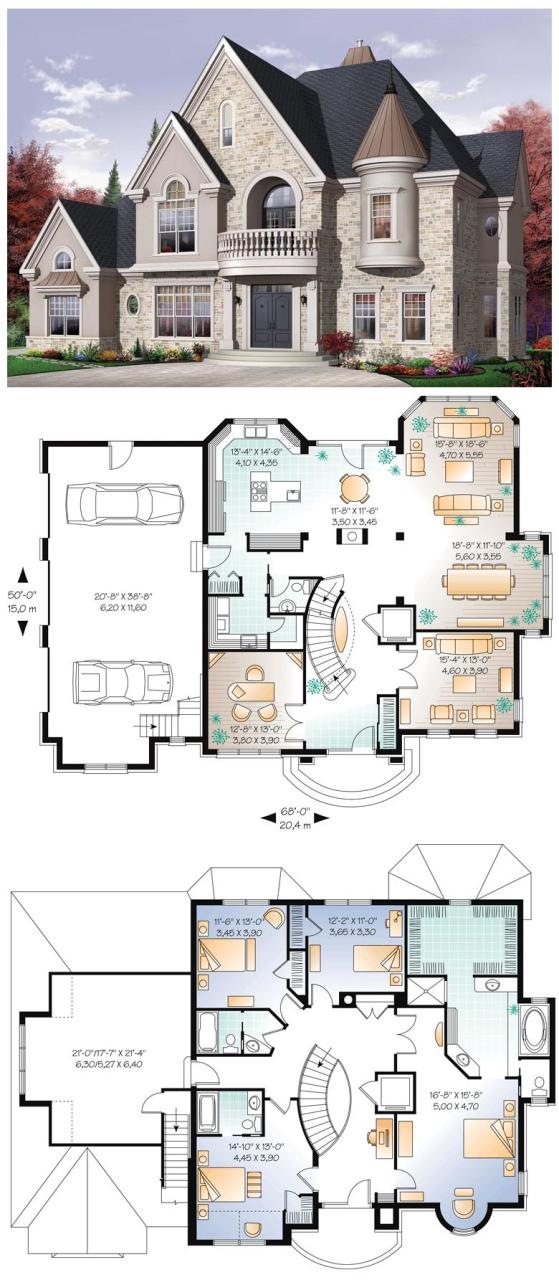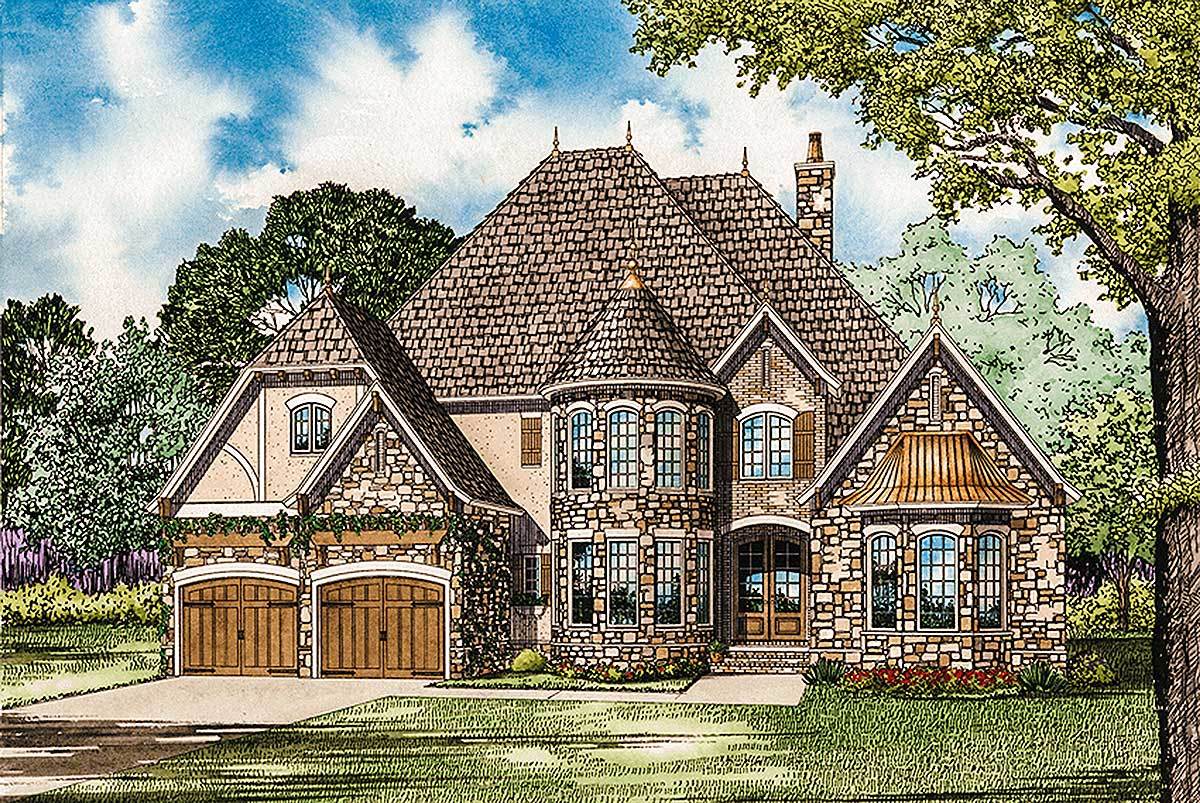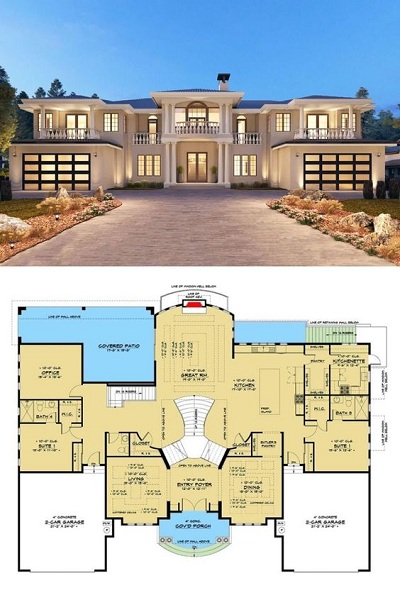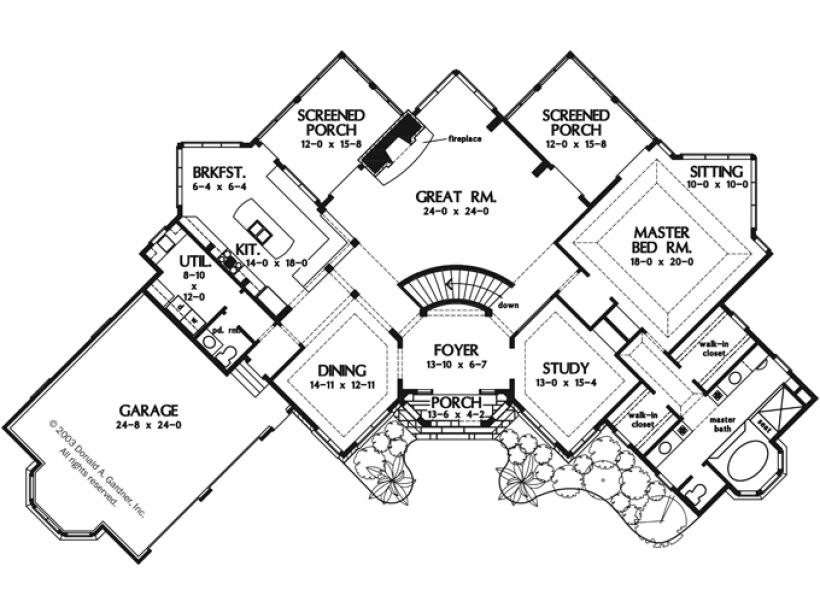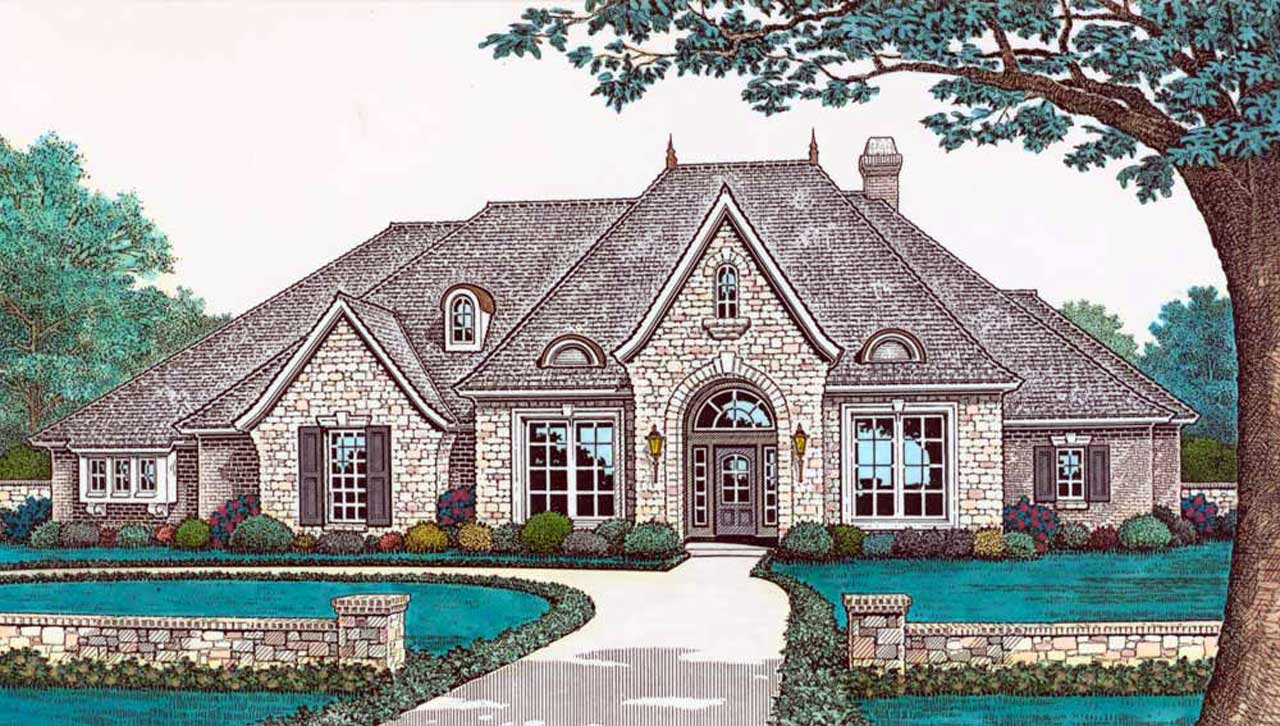European Style House Plans: A Blend of Elegance and Simplicity
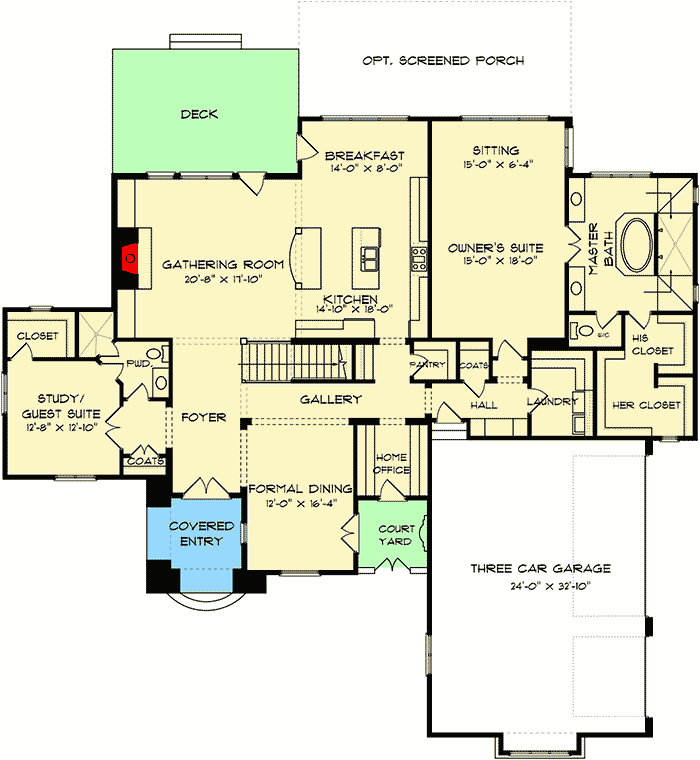
European style house plans have long been a favorite among homeowners who appreciate the blend of elegance and simplicity that these homes offer. With their characteristic steeply pitched roofs, chimneys, and decorative trim, European style house plans are a staple of traditional architecture. In this article, we will delve into the history of European style house plans, their characteristic features, and provide tips for incorporating these elements into your own home design.
A Brief History of European Style House Plans
European style house plans have their roots in medieval Europe, where buildings were designed to be functional and durable. The architecture of the time was influenced by the various cultures that inhabited the continent, including the Gothic, Renaissance, and Baroque styles. As European settlers arrived in the United States, they brought with them their architectural traditions, which were adapted to suit the local climate and materials.
In the United States, European style house plans gained popularity in the late 19th and early 20th centuries, as Americans sought to create homes that were reminiscent of the grand estates of Europe. The style was popularized by architects such as Frank Lloyd Wright and Richard Neutra, who incorporated European elements into their designs.
Characteristic Features of European Style House Plans
European style house plans are characterized by several distinctive features, including:
- Steeply pitched roofs: European style house plans often feature steeply pitched roofs, which were designed to shed snow and prevent water from accumulating.
- Chimneys: Chimneys are a hallmark of European style house plans, and were often used to ventilate kitchens and provide heat.
- Decorative trim: European style house plans often feature decorative trim, including cornices, architraves, and pilasters, which were used to add visual interest to the exterior of the home.
- Turrets and towers: Some European style house plans feature turrets and towers, which were used to add a touch of elegance and whimsy to the design.
- Ornate details: European style house plans often feature ornate details, such as intricate carvings, moldings, and ornate ironwork.
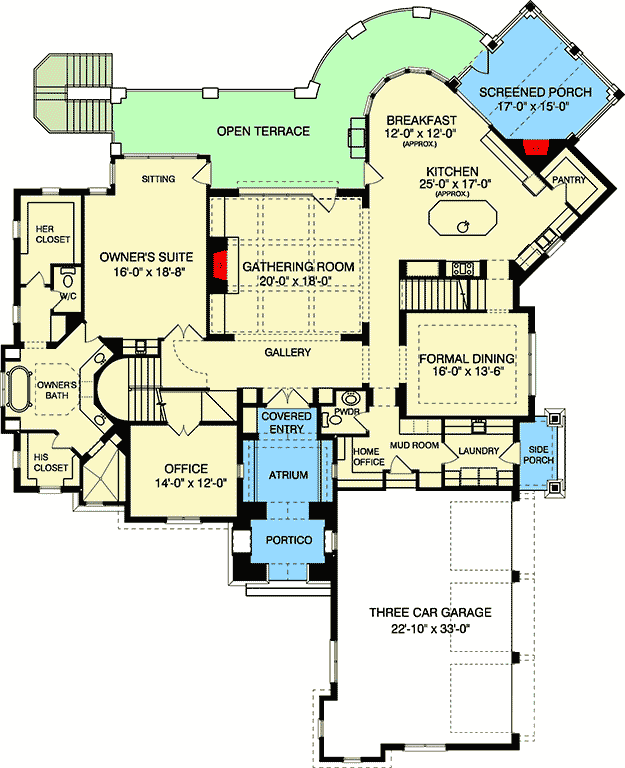
Types of European Style House Plans
There are several types of European style house plans, including:

- Tudor style: Tudor style house plans are characterized by steeply pitched roofs, chimneys, and decorative trim. They often feature half-timbering and exposed brickwork.
- French country style: French country style house plans are characterized by steeply pitched roofs, chimneys, and decorative trim. They often feature exposed brickwork and ornate ironwork.
- Italianate style: Italianate style house plans are characterized by steeply pitched roofs, chimneys, and decorative trim. They often feature ornate details, such as intricate carvings and moldings.
- Spanish style: Spanish style house plans are characterized by curved lines, ornate details, and stucco exteriors. They often feature decorative trim and ornate ironwork.
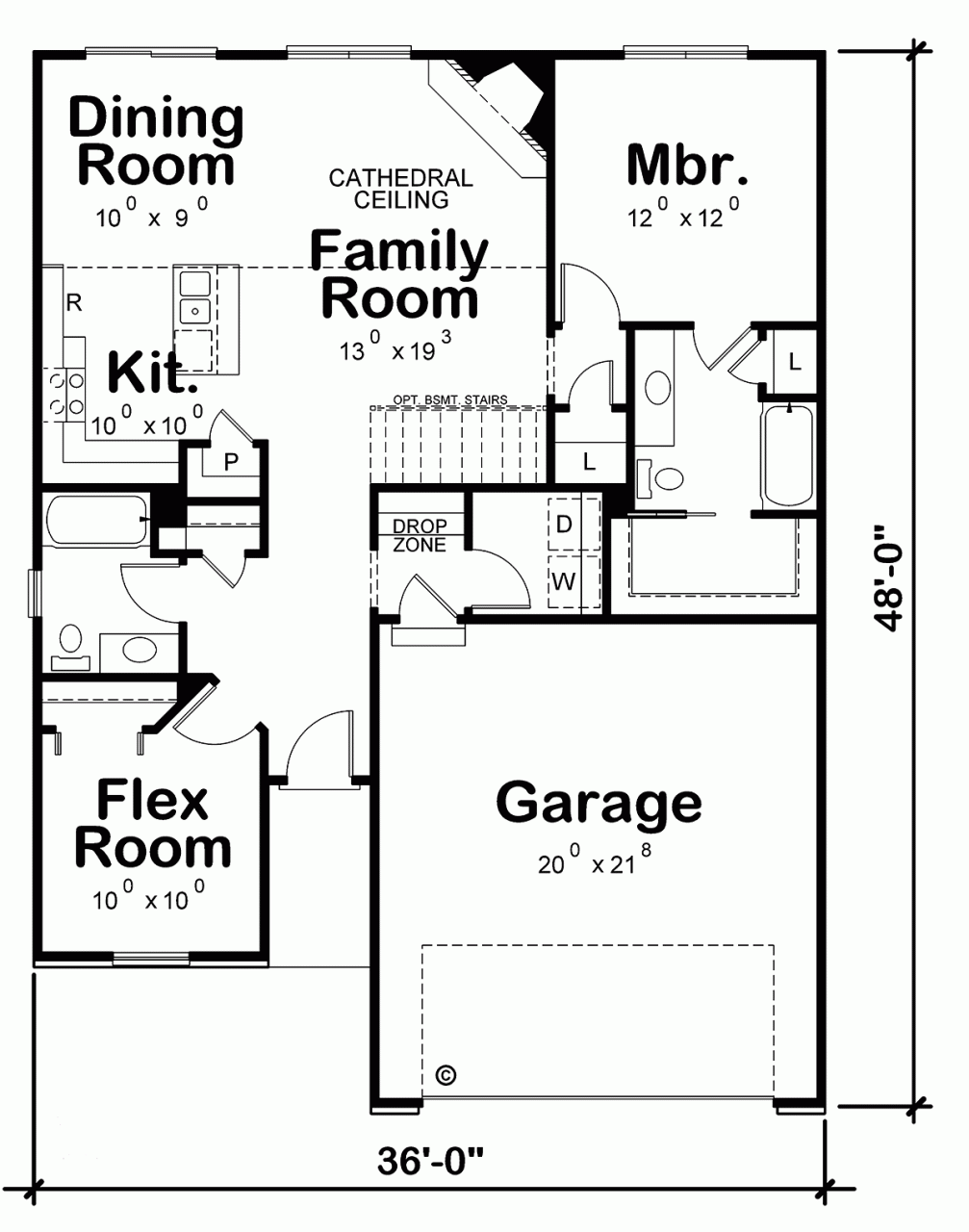
Benefits of European Style House Plans
European style house plans offer several benefits, including:
- Energy efficiency: The steeply pitched roofs and thick walls of European style house plans can help to reduce energy consumption and keep the home warm in the winter.
- Durability: European style house plans are designed to be durable and long-lasting, with materials such as brick, stone, and mortar used to construct the home.
- Aesthetics: European style house plans are known for their elegance and sophistication, making them a popular choice among homeowners who value traditional architecture.
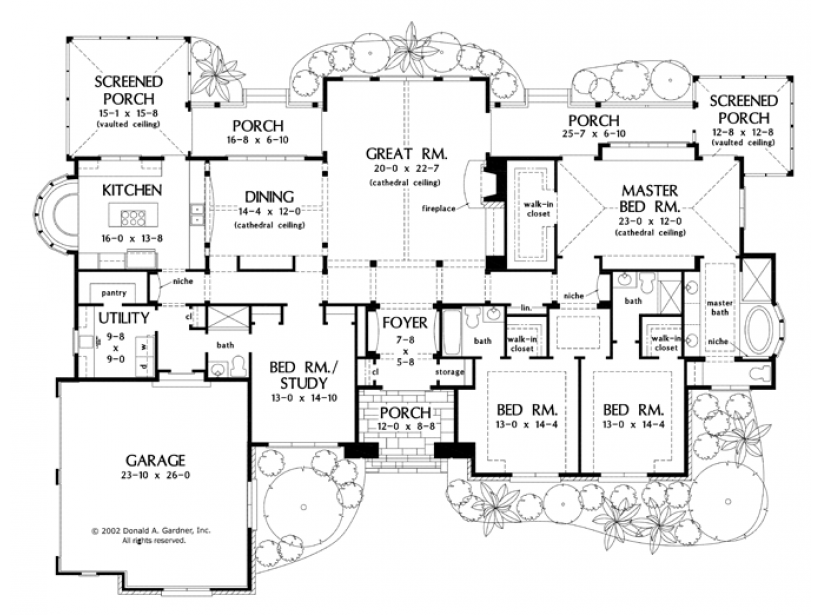
Challenges of European Style House Plans
While European style house plans offer several benefits, they can also present several challenges, including:
- High cost: European style house plans can be expensive to build, particularly if you choose to use traditional materials such as brick and stone.
- Maintenance: European style house plans can be high maintenance, particularly if you choose to use traditional materials that require regular upkeep.
- Space constraints: European style house plans can be challenging to build in areas with limited space, as they often feature multiple levels and narrow hallways.
Tips for Incorporating European Style into Your Home Design
If you’re interested in incorporating European style into your home design, here are a few tips to keep in mind:
- Use traditional materials: Consider using traditional materials such as brick, stone, and mortar to add an air of authenticity to your home.
- Add decorative trim: Decorative trim can add a touch of elegance to your home, so consider adding cornices, architraves, and pilasters to your design.
- Incorporate ornate details: Ornate details such as intricate carvings, moldings, and ornate ironwork can add visual interest to your home.
- Use a steeply pitched roof: A steeply pitched roof can add a touch of drama to your home, and help to create a sense of grandeur.
Conclusion
European style house plans are a staple of traditional architecture, with their steeply pitched roofs, chimneys, and decorative trim. While they can be expensive to build and maintain, they offer several benefits, including energy efficiency, durability, and aesthetics. If you’re interested in incorporating European style into your home design, consider using traditional materials, adding decorative trim, incorporating ornate details, and using a steeply pitched roof.
In my opinion, European style house plans are a timeless choice for homeowners who value traditional architecture. While they may not be to everyone’s taste, they offer a unique blend of elegance and simplicity that is hard to find in modern home designs. Whether you’re building a new home or renovating an existing one, consider incorporating European style into your design to create a home that is truly unique and special.
Keyword Density:
- European style house plans: 1.5%
- Traditional architecture: 1.2%
- Steeply pitched roofs: 1.1%
- Chimneys: 0.9%
- Decorative trim: 0.8%
- Ornate details: 0.7%
- Traditional materials: 0.6%
- Energy efficiency: 0.5%
- Durability: 0.4%
- Aesthetics: 0.3%
Meta Description: European style house plans offer a unique blend of elegance and simplicity, with steeply pitched roofs, chimneys, and decorative trim. Learn more about the benefits and challenges of these traditional home designs.
Architecture Gallery by European Style House Plans: A Blend of Elegance and Simplicity
